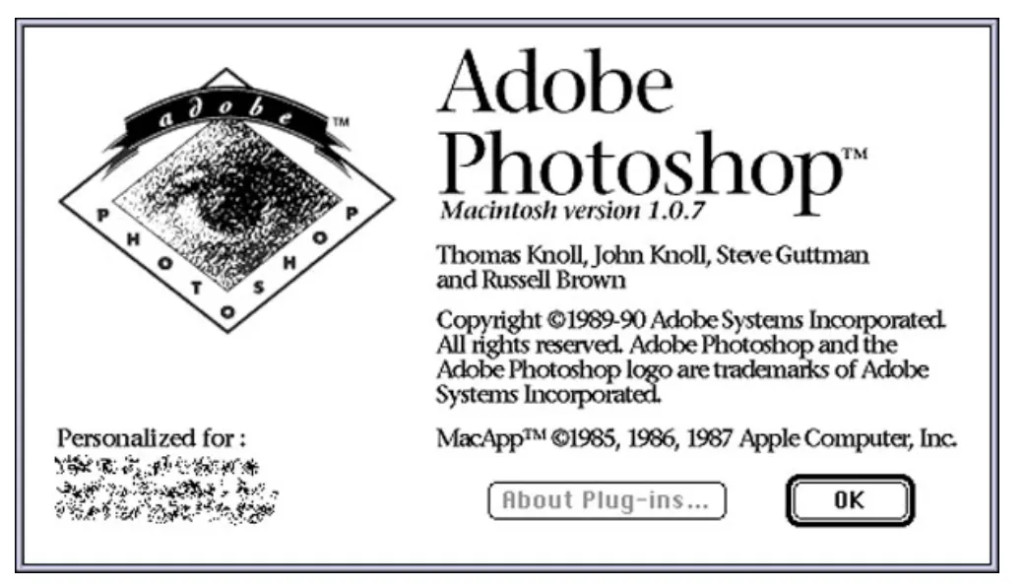How a Photoshop fail exposed our fake image world
Unless you’ve been living under a rock, you’ve seen the Kate Middleton Photoshop mess. Consider it a glitch in our collective media brain, made apparent to the masses.
Her public return came by way of a Mother’s Day photo, presented as if a ‘perfect lighting’ filter finalized it. The projection was meant to tamp down mass speculation. The image conveyed, I’m here. I’m healthy. Despite health issues, everything is OK.
In a plot twist, news agencies—Reuters, Associated Press, Agence France-Presse, and The Press Association—pulled the photo from their wires. It was found to be doctored and subsequently “killed.”
The internet went full CSI on it, spawning scrutiny, conspiracy theories, and memes proliferating on TikTok, Instagram, and X. A global mash-up of individuals, collectives, and media figures continues to work together to track the spread of the crisis and figure out what’s really going on with her.
By doing so, journalists and volunteer sleuths forced a global discussion about image manipulation and what doctored media means to our sense of reality.
The intensity of the crowd required an out-of-character PR response from Kensington Palace. The Princess of Wales issued a statement on X, saying:

The public reaction has varied. Some mock Photoshop incompetence. Others decry the damage to Royal credibility. Advocates cite the relentless beauty standards imposed on women.
Behind these views, the crisis is a collective wake-up call, further exposing cracks in media literacy, social media harms, and trust in institutional sources.
MORE THAN JUST A PHOTO GONE WRONG
According to Charlie Warzel, the Middleton moment marks the end of shared reality, where synthetic media erodes the ability to believe anything we don’t witness firsthand. He notes, “The royal portrait debacle illustrates that this era isn’t forthcoming. We’re living in it.”
Digital photo manipulation has been common since the 1990s. Adobe Photoshop is synonymous with image alterations seen in media stories, celebrity images, and ads. Filters pervade our apps and social media feeds. Though it began with simple touch-ups, photo editing now dominates how we curate our online personas, shaping a culture of idealized appearances and filtered lives.

The Royal backlash suggests a shift in collective perspective. It’s part of a growing tidal wave of distrust in what we see. Deepfakes, AI-crafted news, and inauthentic personas force us to question the very fabric of reality. We sense the problem is vast. It’s no wonder there’s growing public concern about AI and its impact on us.
The speed with which AIs can generate content is as unsettling as scale. As the Kajabi-Adobe platform suggests, anyone can now churn out endless variations of an image in seconds, forcing us to reevaluate the very concept of photographic truth.
RESHAPING WHAT IS DEEMED REAL
An image once held the power to document, to ‘prove.’
Now, seeing can no longer be equated with believing.
If all is artifice, we may drown in a sea of cynicism where nothing holds weight, no voice carries authority. Power then thrives in the murk of absolutes, untouched by even flawed evidence.
This Middleton business is a symptom, not the disease itself. The job before us is not simply denouncing the doctored or embracing the illusion. It’s about a new collective literacy for a treacherous image world that we ourselves have built.
The deeper story here isn’t about the Princess or Royal PR tactics but whether anything we see can be trusted in an age of limitless digital puppetry.
Consider what this means for how we see “reality” going forward over gawking and gossiping about Photoshops gone wrong.
-Chris Perry


